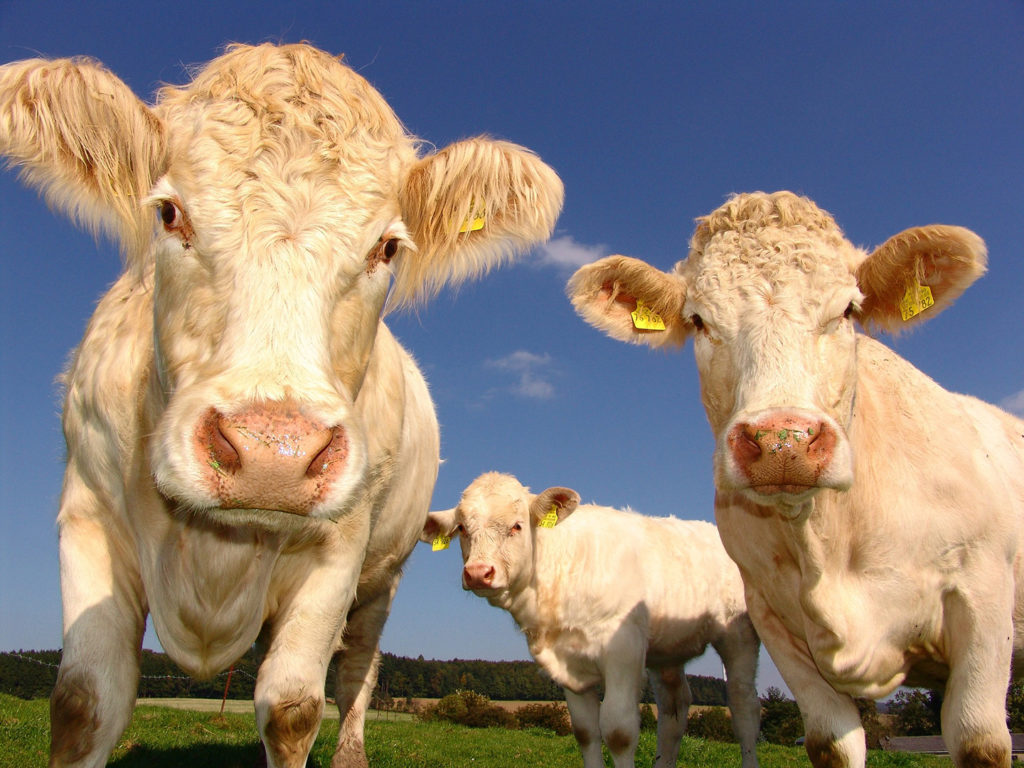The Warning Signs Of Rabies In Cattle

Rabies is usually associated with dogs or bats, but it also can develop insidiously in a variety of mammals. Rabies in livestock, such as cattle, may be rare, but its ability to spread through the herd still poses a serious risk.
Recently, rabies in cattle has been increasing in Texas; cases this year have already exceeded cases in 2020, during which twice as many cases were reported than in 2019. As a result, state authorities are recommending cattle owners take extra precautions when handling animals that appear ill.
Pam Douglas, the infection control coordinator at the Texas A&M College of Veterinary Medicine & Biomedical Sciences, shares her insights on the rabies virus and its potential impact on cattle.
“Rabies can occur in all warm-blooded animals and is almost always fatal,” Douglas said. “Rabies is caused by a virus that affects the nervous system and is transmitted by the saliva of an infected animal, usually via a bite or by saliva coming in contact with mucous membranes (eyes, nose, or mouth) or an opening in the skin. Rabies is uncommon in cattle but there can be some instances when cases in nearby wildlife increase because there are more opportunities for exposure.”
Infected animals exhibit a few common behavioral patterns owners can watch out for in their herds.
“Anorexia, itching, impaired coordination, lameness, hypersalivation, the appearance of choking, and bellowing are some of the signs of rabies in cattle,” Douglas said.
Affected animals may also exhibit aggressive behavior, muscle spasms, convulsions, and anxiety.
Considering the serious nature of this disease and the difficulty of treating it, prevention should be the key focus for owners. Rabies vaccinations are strongly recommended for any animal or human at risk of contracting the disease, as rabies exposure transgresses to humans as well, almost always causing death once people begin showing symptoms.
If owners are exposed to the saliva of an infected animal, Douglas suggests washing the contaminated area with soap and water as soon as possible, especially if the saliva came in contact with an open wound and consult with your healthcare provider.
“People tend to be exposed because they try to assist an animal that appears to be choking because it cannot swallow,” Douglas said. “If saliva contacts your mucous membranes, flush with clean water and consult your healthcare provider.”
The consequences of rabies can be grim; however, the good news is that the disease is easily prevented with yearly vaccines.
If rabies is suspected in your livestock, working with your local veterinarian and state health authorities is imperative in containing the outbreak from further spreading.
With the right precautions, owners can reduce rabies and create a healthier reality for our animals.
Pet Talk is a service of the College of Veterinary Medicine & Biomedical Sciences, Texas A&M University. Stories can be viewed on the web at vetmed.tamu.edu/news/pet-talk. Suggestions for future topics may be directed to vmbs-editor@tamu.edu.


